Is there life out there? NASA latest spacewalk takes fresh approach
As the culmination of a NASA project in the works for nearly a decade, astronauts on Thursday will set out to collect microorganisms surviving on the outside of the International Space Station.
Space microorganisms? Yes.
Scientists have for years known that some of the smallest lifeforms on Earth are able to survive in outer space, and their biological survival methods are the topic of entire research departments at space agencies and universities around the world.
NASA will be broadcasting Thursday's spacewalk, scheduled to begin at 8 a.m. ET, on a livestream starting at 6:30am on NASA's website.
WATCHNASA livestream of astronauts' space walk
Space microorganisms are mostly bacteria, and they are able to withstand the conditions in space after being transported from Earth during takeoff, according to astrobiologists.
"Understanding the behavior of microbes in space is important because it helps us get a better handle on whether Earth-based life could survive the journey to another world," said Manasvi Lingam, a professor of astrobiology at Florida Tech University who studies hypotheses about how life can spread between planets and throughout the universe.
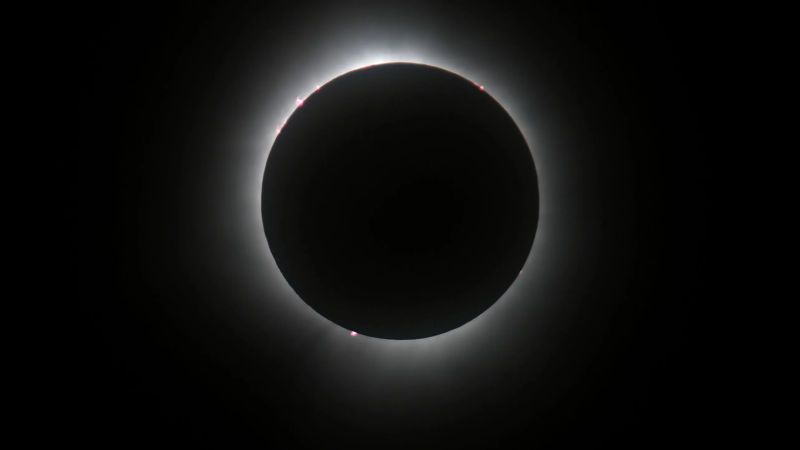
NASA's mission Thursday is important because astronauts Tracy C. Dyson and Matthew Dominick will be looking for microorganisms that exited the ISS through vents and other routes and have survived on the spacecraft's surface. Astronauts have previously studied how microorganisms survive inside the space station and outside – after being placed there on purpose.
Thursday's findings will be key to informing NASA's planned trips to Mars, where astronauts will look for signs of past lifeforms, said Aaron Regberg, a NASA geomicrobiologist who's been working on the project for more than seven years.
If astronauts fail to find surviving lifeforms on the side of the ISS, that will be a good thing for future Mars experiments, because it will mean planned projects on the Red Planet are less likely to be contaminated by space microorganisms humans bring with them, Regberg said.
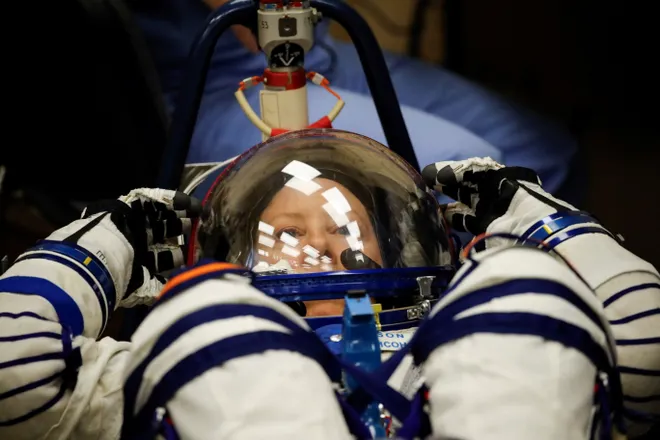
"It would be great if we didn't find anything, and we could say, 'Our environmental systems aren't introducing contamination, this isn't something we have to worry about,'" Regberg told USA TODAY. "This experiment is laying the groundwork for us to be able to look for signs of past life on Mars, when we send astronauts there."
Learning more about how microorganisms operate in space has long been a critical part of avoiding contamination of all NASA experiments conducted in space and on the moon.
"NASA has a responsibility to ensure that science measurements made on Mars are not impacted by microbes brought from Earth. When humans go to Mars we will bring trillions of microbes with us, carried in our gut and on our skin," said Christopher Carr, co-director of the Astrobiology Program at Georgia Tech University.
In addition, to looking for samples to collect, Dyson and Dominick will venture outside the ISS Thursday to complete some housekeeping items for about six-and-a-half hours, NASA said.
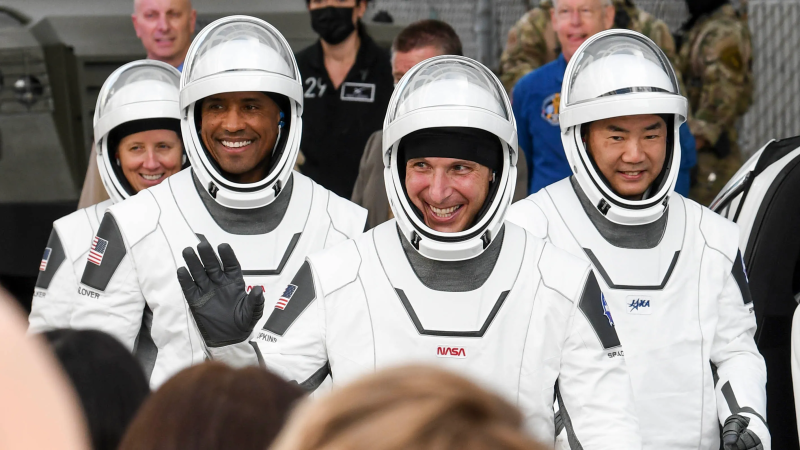
What do astronauts do on ISS spacewalks?
Astronauts have been conducting spacewalks for nearly 60 years. A Soviet cosmonaut named Aleksey Leonov was the first person to do so, in 1965. Since then, NASA has completed hundreds of them.
A spacewalk is defined as any time an astronaut gets out of a vehicle while it's still in space, and includes space station spacewalks and exploring the surface of a planet or moon, according to NASA.
During an ISS spacewalk, an astronaut works outside the space station while still attached to it, so they don't float off into space. Spacewalks are conducted for maintenance and scientific research purposes.
Thursday's spacewalk is the first in years where astronauts will focus extensively on a scientific experiment, according to Regberg.
"This is unique because we're asking them to go out and collect scientific samples, which is something that astronauts did a lot in the past on Apollo missions, and it's something we're going to ask them to do a lot again in the future," he said.
Spacewalks usually last between five and eight hours. The longest spacewalk ever was conducted by James Voss and Susan Helms in 2001 and lasted for nearly nine hours, according to NASA.
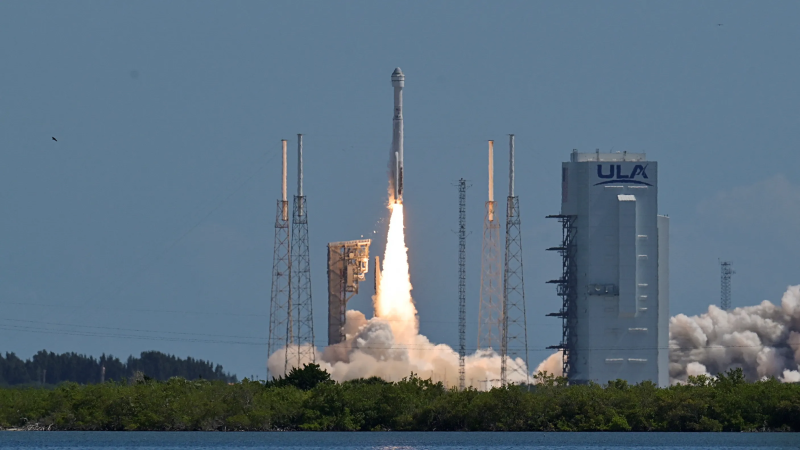
What are space microorganisms?
Space microorganisms are mostly bacteria that are able to withstand extreme environments, like the conditions that exist on the surface of the International Space Station.
Space microorganisms also include some fungi, Lingam said, and algae.
The microorganisms are able to survive in space because they can withstand extreme cold, high levels of radiation form the sun, a lack of liquid water and a lack of air, also called a vacuum, he said.
"They are organisms that love extremes, the kind of extremes that human beings and most animals, plants and fungi would not be able to tolerate," Lingam said.
It's important to note that the space microorganisms found on the side of the ISS originally came from Earth, Lingam said. Scientists have not yet discovered space microorganisms in space or on the moon's surface that did not originate from Earth, he said.
"We haven't found any so far that come from outer space," Lingam said.
NASA has been experimenting with space microorganisms since the 1960s, according to Regberg, when astronauts brought microorganisms from Earth with them on the Apollo missions, to see how the bacteria would survive in space.
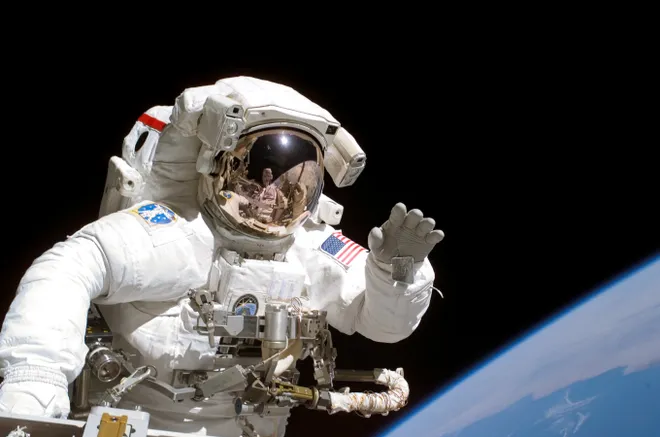
How long can microorganisms survive in space?
Most space microorganisms cannot survive for long outside the ISS, Lingam said.
"They can't survive indefinitely, it's not really possible to have long-term survival," he said.
However, German scientists in 2012 documented the microorganism Bacillus subtilis surviving for 559 days in space.
Knowing how long a space microorganism can survive and even reproduce in space is key to knowing how the microbes can contaminate scientific research, said Carr.
Thursday's spacewalk to gather microorganisms off the side of the ISS will be "a great test to seek evidence under real-world conditions of potential leakage of microbes or genetic material from the International Space Station as a proxy for a Mars habitat," he said.
A decade ago, Russian cosmonauts said they found evidence of space microorganisms surviving on the outside of their sections of the ISS. The cosmonauts swabbed similarly to how NASA astronauts will on Thursday and were able to then grow the microbes they found, Regberg said.
When is the NASA spacewalk?
NASA is inviting viewers to watch the agency's livestream starting at 6:30 a.m. Thursday, NASA said. The space walk is scheduled to begin at 8 a.m. ET.
To distinguish themselves while wearing otherwise matching pressurized spacesuits, Dyson's spacesuit will have a red stripe.
Disclaimer: The copyright of this article belongs to the original author. Reposting this article is solely for the purpose of information dissemination and does not constitute any investment advice. If there is any infringement, please contact us immediately. We will make corrections or deletions as necessary. Thank you.






